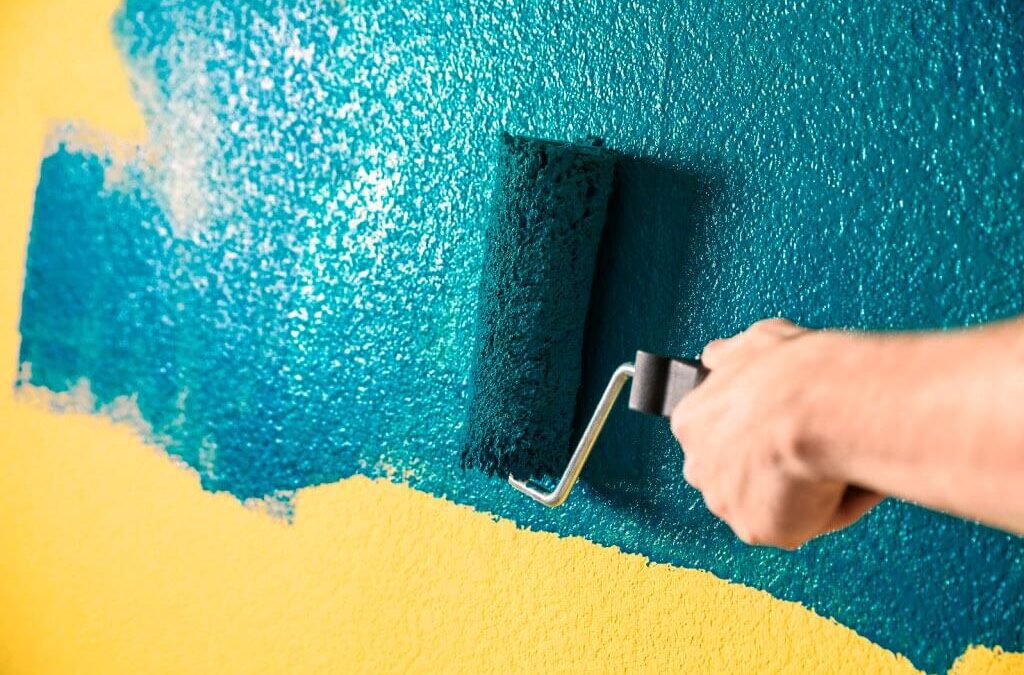Decorative painting on walls
Throughout history, decorative paint has been used for centuries to embellish objects and building interiors, as well as to imitate materials whose cost was very high. Nowadays, the discovery of new synthetic paints allows the decoration of all kinds of surfaces, so the application has no limits and everything depends on the creativity of each person.
So, we are going to try to explain the effects of paint on walls for decoration; from its characteristics, types, application processes and the different techniques that are currently used to decorate walls and that we can buy on the market.
Remember that we have already elaborated an article on how to paint walls with several tips and tricks to get a perfect finish on the paint with effects. Now it’s time to see some examples of decorative paints!
Types of wall paints
To decorate walls, there are different types of paint and each one of them is indicated for a particular use. Here we will deal with the most common ones used in the home to obtain suitable decorative finishes, as in industry there are an infinite number of varieties of paint, each one adapted to a particular production process.
Plastic Paint
It is most commonly used for interior wall painting, but depending on its composition, it can also be used outdoors.
Most plastic or latex paints are washable once they are dry, as their solvent is water, they have to dry well to appreciate these properties.
Generally plastic paints can be acrylic or vinyl and are called emulsion paints. Ideal for all types of walls and ceilings (plaster, plasterboard, plaster, cement, stone, tempera,…).
Let’s take a look at the advantages of plastic paint and its types:
- Acrylic plastic paint. It is the most resistant type of paint for both interior and exterior and has a greater waterproofing capacity when painting walls (it resists mould and the effects of the sun).
- Vinyl plastic paint. They offer greater versatility. Among its advantages we can highlight the ease of application, high flexibility or a vague odour. In addition, high quality satin finishes can be obtained with surprising decorative effects.
Synthetic enamel Paint
They are very strong paints, composed of solvent-based synthetic resins and can have matt, satin and gloss finishes. They are highly decorative and protective, generally used for painting wood and metals. Although they can be applied on most substrates.
Acrylic enamel Paint
As the name suggests, they are based on acrylic resins, as well as catalysts and pigments. They are water-soluble and odourless, so they are suitable for use in poorly ventilated areas.
They adhere to most substrates like synthetic enamels, with the advantage that they do not smell, dissolve with water and are more environmentally friendly. They are widely used for artistic decoration.
Varnishes
The most common varnishes are polyurethane based, and are differentiated by the solvent used: water, thinner or turpentine, oil.
They are waterproof, abrasion resistant and last for several years. They can be found already mixed with wood-coloured stains (oak, cedar, mahogany,…) or transparent.
It is used to protect and decorate wood, but it is also used in handicrafts, as its colourless format allows to protect any painting (paintings, handicrafts, …).
Mineral or silicate Paint
They are based on liquid potassium silicate, minerals of natural origin and inorganic colouring pigments. The most important quality of these paints is that they adhere to the substrate through an insoluble chemical reaction called silicification or petrification, and do not form a surface film.
It is highly breathable or permeable to water vapour, ideal for use on walls with humidity problems for decorative effects on the walls.

